Research project
Pixel Motion is a dynamic, three-dimensional toolset of bright spots of light playing on each and everyone's sensitive perception of light. It was designed as a huge, stage-size "table-cloth" of luminous spots, deformable in space. Each luminous spot can move very quickly or rather slowly within the range of a seven-meter high vertical line. Under remote control in real-time, Pixel Motion allows to capture light in an unprecedented way intertwining sculpture, lighting and a 3D-screen.
It will be composed as a structure of 16 elementary, autonomous, 8x8 modules, involving 64 electronic units, each one equipped with a motorized system, a cable, and a battery. A dedicated computer is responsible for direct and wireless control of vertical movements and each pixel's colour. It also allows for interfacing sound with images during the show.
Two teams collaborate, one working on the mechanical aspects, the other one on the electronics aspects of the project.
Thanks to various technologies developed at CEA, a first prototype was designed in June 2013.
- Optic : optical diffuser, controlling the intensity, temperature and colorimetry of each pixel, a wireless transmission for the lighting, autonomous system and a battery recharge system. Mechanics: large scale, independent precision control, limiting oscillation This project's electronics development has produced a patent on system of the light diffusion within a pixel, allowing its appearance as a luminous spot despite the embedded electronics.
- LED: Léti
- Signal transmission: Léti
- Motor and steering: Léti
The prototype composed of 64 LEDs allowed the programming of an intuitive control software. The software will generate the overall commands enabling the operation of the light system and tools prompted by a series of images that the artist creates.
Challenges and perspectives:
This stage element using mobile and voluminous luminescent sources, is at the crossroads of sculpture, lighting and a screen. The device opens numerous possibilities for adaptations to various events or contemporary art: chandelier, piece of art or a decorative element for prestigious venues or brands, unusual luminous installations for events, receptions or parades.
Searching for supporting funds for carrying out the project as planned by Yann Nguema and Arnaud Doucet is under way. Possibilities of developing a small-scale luminous object for private use is also under investigation.
Yann Nguéma - Multimédia artist
With a scientific background, Yann Nguema eventually focused more on artistic creation. As a musician, he founded the group EZ3kiel in 1992 for which he developed the entire coruscating visual production, which has subsequently set the standard and become a trademark. He focuses his work mainly around performing arts, constantly searching for the image-music association. He very soon integrated computer tools in his creative process and developed his own software, adding an interactive dimension to his productions. As a designer of exhibitions, installations and staging, Yann Nguema has devised multiple projects that articulate technology, research and poetry. He is currently an ambassador artist for the Lyons Fête des lumières.
Arnaud Doucet - Light and multimedia designer
After several years of discovering light creation tools, a passion for new technologies naturally enhanced his contemporary art creative dynamism. This sensitivity took form within the Ez3kiel collective in the search for innovative staging proposals. Co-author and designer of the PixelMotion and MagicScreen project in 2014, which prefigured the new stage setting of Ez3kiel on the L.U.X tour. 2015 focused on developing the “Interactive Mapping” project presented for the first time at the Chateau de Candé in 2014. 2016 witnessed the success (1st prize ) of the “Evolutions” Mapping at the Lyons Fête des lumières.
Team at SPICE Laboratory, CEA
Jean François Ple, Project Manager
Mechanics : Gabriel Thibaud, INSA Lyon
Electronics : Charles-Elie Goujon
managed by Angelo Guiga and Dominique David

